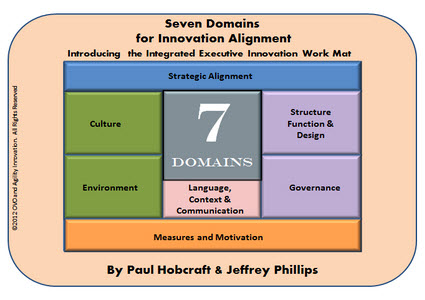
There are so many places where innovation is essential within the Energy Transition due to the magnitude, size, and complexity of the change needed to achieve a decarbonized world. There is a world of innovative possibilities.
One of the most important catalysts for changing the energy system into a sustainable green one is by taking our thinking beyond the known into the possibilities we need for a sustainable future of energy based on the ability for renewables to generate all our electrification needs.
We need to build out all our renewable possibilities that include solar, wind, hydro, green hydrogen and nuclear energy.
In this combination of pursuit, nurturing, and expanding our thinking through the thoughtful construction of a vision built on knowledge, exploration and understanding, we can mobilize the changes needed.
My energy journey is being navigated across the three-time horizons. Continue reading “Going beyond the known of today”










